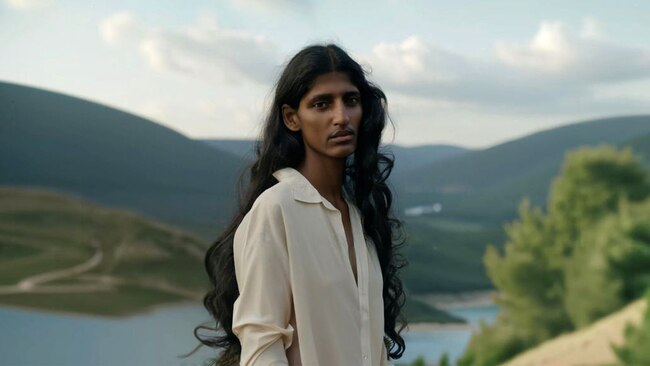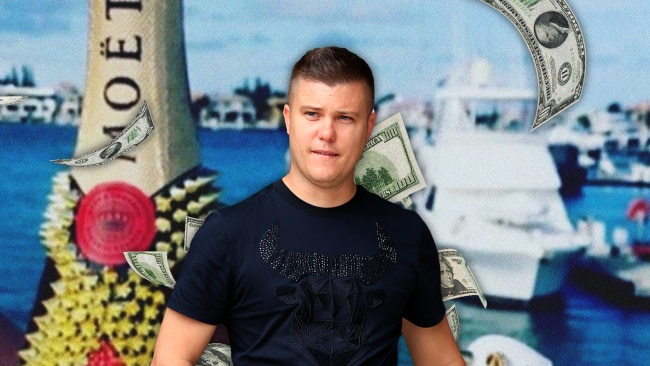This man does not exist
"AI will not come to replace art. It's a new tool for artists and expands the palette for artists to create."

"AI will not come to replace art. It's a new tool for artists and expands the palette for artists to create."
"This is a portrait of Shamal. Shamal doesn't exist," reads the caption on one of Rodolfo Ocampo's computer-generated portraits.
"Mila. The person might not be real, but the journey is," reads another.
Sydney based AI artist Ocampo wants viewers of his work to be surprised when they learn they aren't looking at photos of actual people; but rather an image created by feeding words and phrases into the machine-learning model DALL-E. He tells DALL-E how he wants the face to look. How it should be lit. Details in the eyes and cheeks. He then guides the model to expand the image outwards from the face to create the background.
"When generating images with DALL-E, there's an art to how you prompt the model. People are starting to see prompting as an art form in itself," Ocampo, also a PhD student in human-AI Creative Collaboration at UNSW said.
These prompts are why he calls himself an artist. Even if he wasn't involved in drawing a single pixel.
Computer-generated art will soon shed the "AI" label and become just like any other new technology, Ocampo said, appropriated by all kinds of artists to enhance their creativity. Artists and designers, who struggle to predict how far AI-art will go, are anxious about the future of their crafts.
"AI will not come to replace art. It's always been the fear ... It's a new tool for artists and expands palette for artists to create," he argued. "Eventually the lines will be blurred between something AI-generated or not."
AI-art has existed for years but it is now flooding our social media feeds as people discover new and accessible tools like Stable Diffusion or DALL-E 2. Users can type anything they imagine into a text box - such as "Jesus on Jeopardy" - to produce at times elaborate, at times bizarre, or botched, images.
— Weird Dall-E Mini Generations (@weirddalle) September 12, 2022
Last month, when an AI-generated artwork won first place at the Colorado State Fair’s annual art competition, the artist Jason M. Allen was lashed online for "cheating". He told The New York Times he "didn't break any rules" and that he submitted the work blatantly under "Jason M. Allen via Midjourney" - Midjourney being the AI program he used.
Beyond ethical concerns like the nefarious use of AI-generated deepfakes, some like Ocampo, suggest AI-art and AI-video could promote the communication of ideas by making it easier to create prototypes or even generate a movie pilot to pitch to companies.
Duckrabbit Gallery Director Hugh Ramage said AI-art "has every right to be in a gallery like everything else".
"A gallery is a place where things are exhibited and start a conversion, and it certainly does that," he said. "As images, (Ocampo's works) are kind of gorgeous and interesting. You look at this, for all intents and purposes they look like people, you make up stories about them, give them a backstory ... Ostensibly it's a portrait of someone who doesn’t exist and it’s treading into the Uncanny valley - the weird space where something is very close to reality but it isn’t quite there."
But the fun part? He doesn't know where AI-art will lead.
"The art world is forever searching for the next novel thing, maybe it’ll be AI. Whether that’ll result in longer-standing changes, that's yet to be known. I'd rather sink my eyes into a juicy painting," the painter said.
Ocampo will be showing in a group show at the Duckrabbit gallery in Redfern from Friday.


